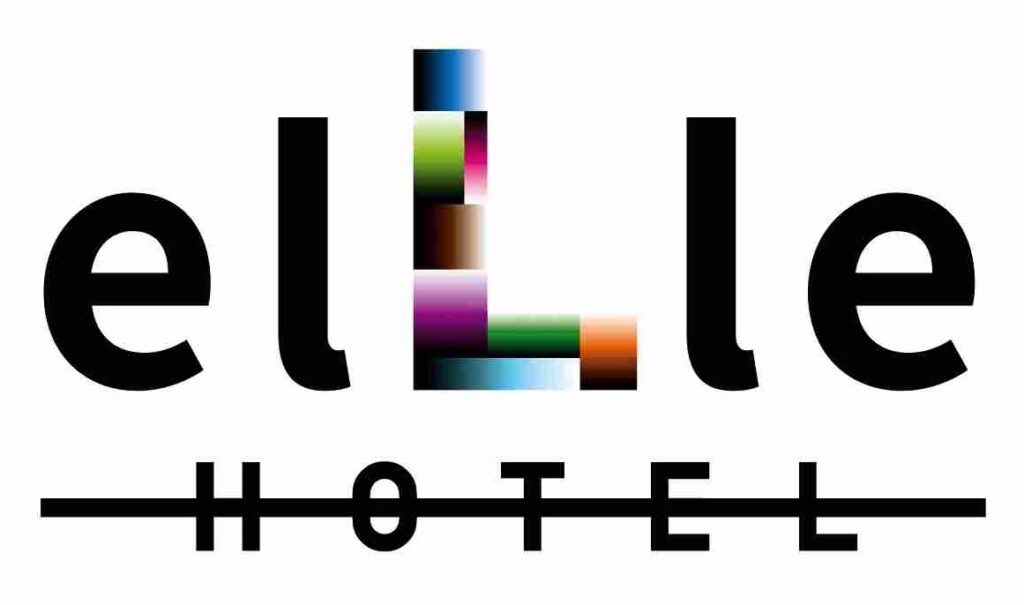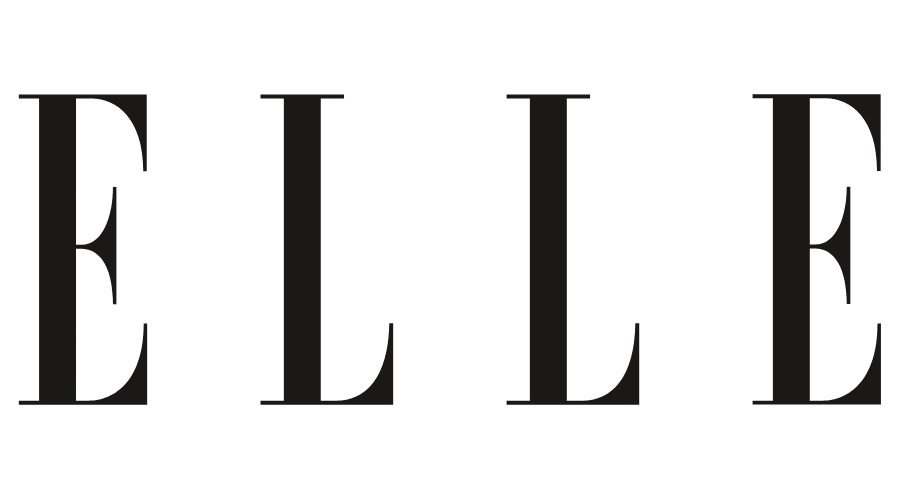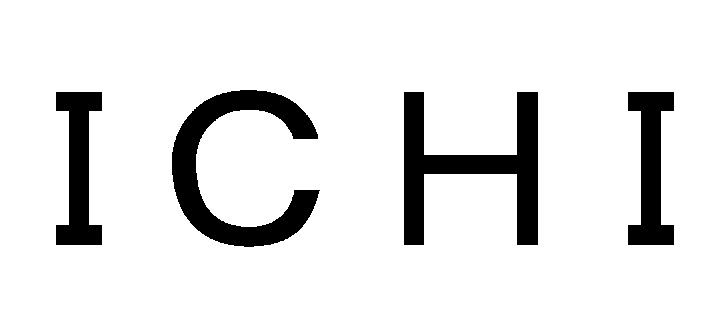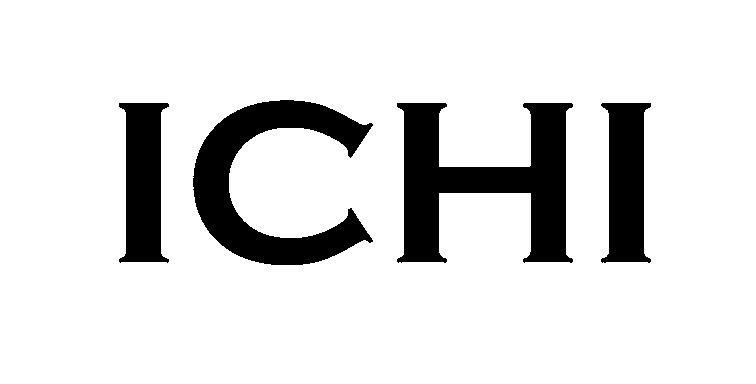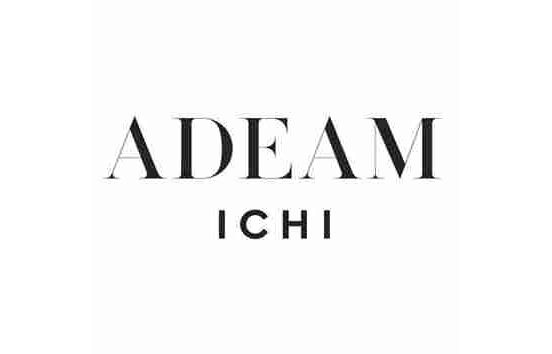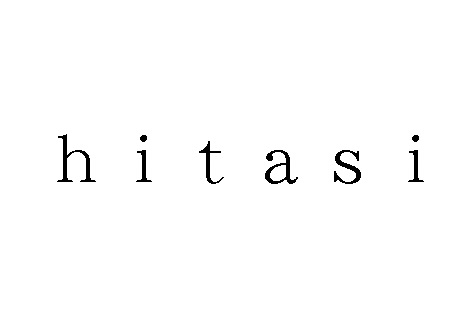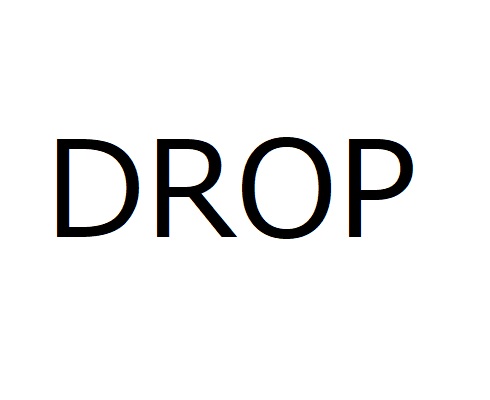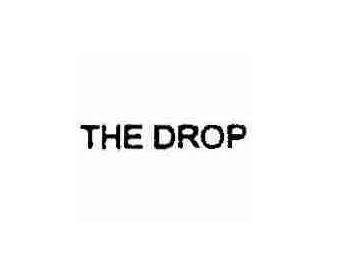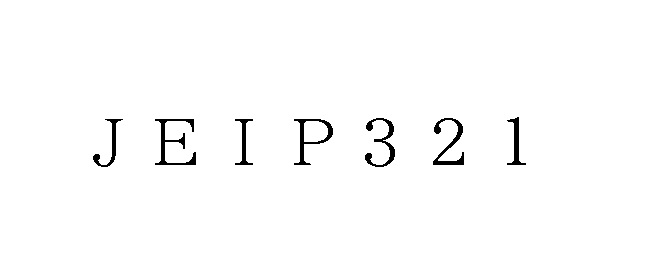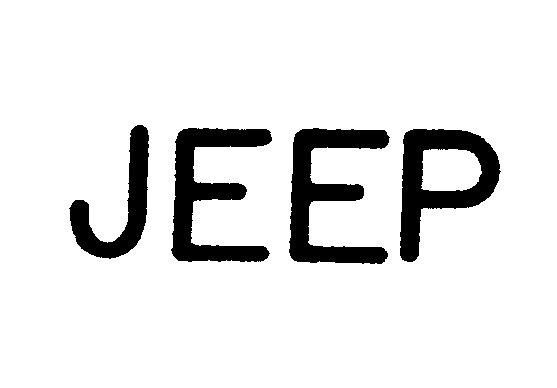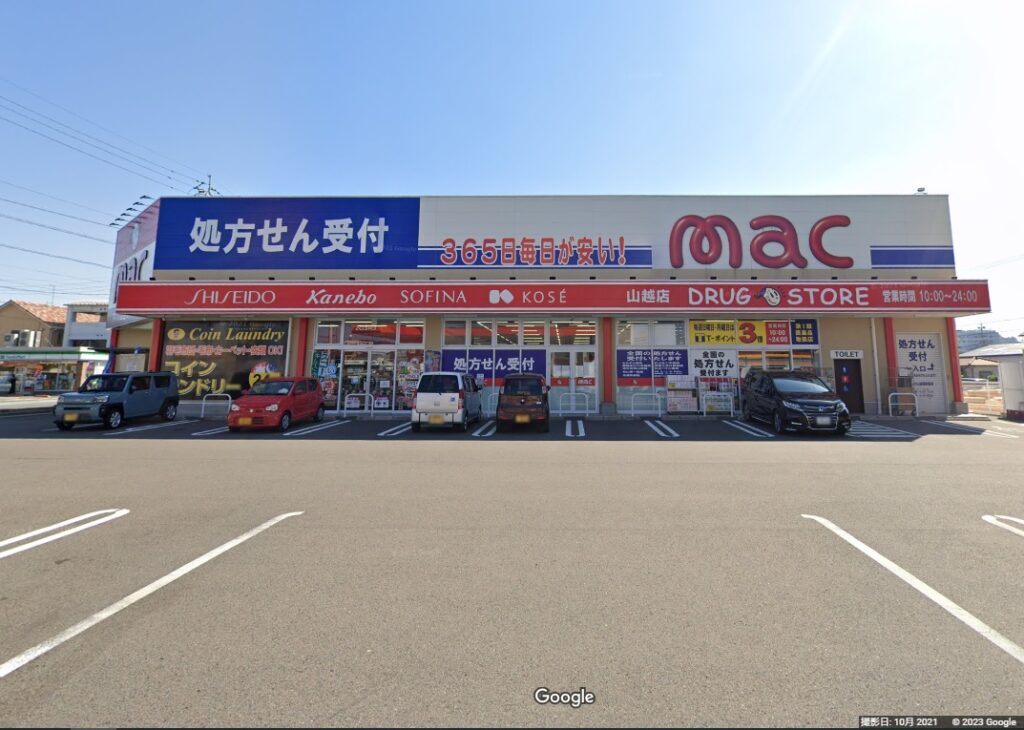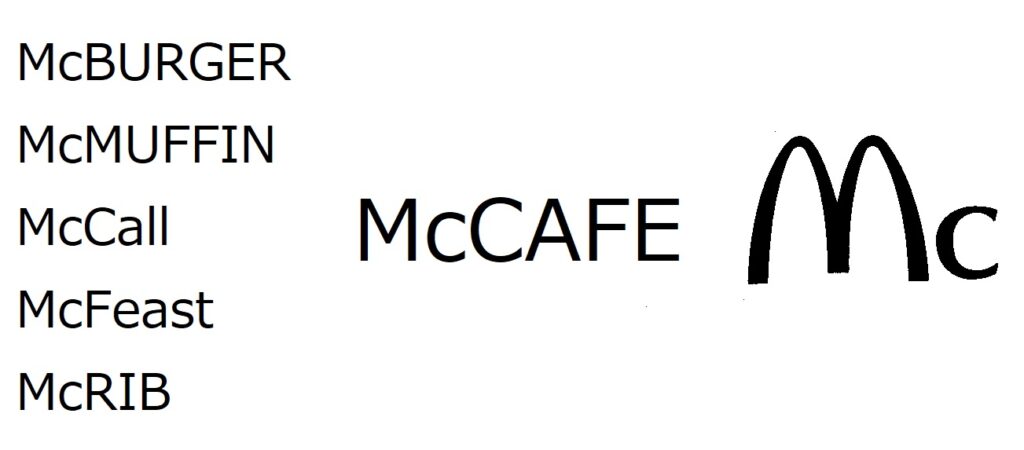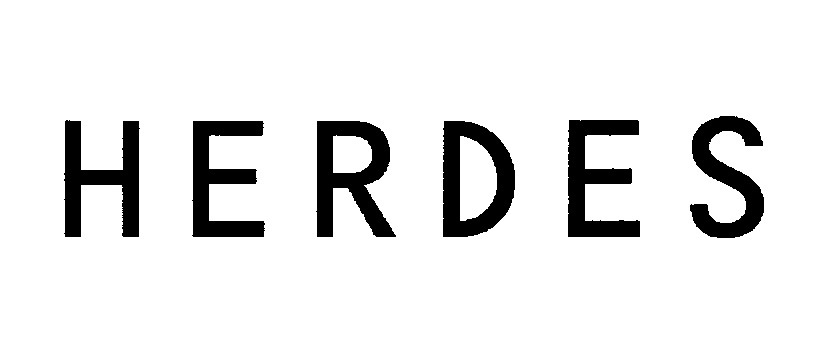The Japan Patent Office (JPO) dismissed an opposition filed by Guerlain, a legendary French perfume house, against TM Reg no. 6734165 for wordmark “mitsouko” in class 44 due to unlikelihood of confusion with perfume “MITSOUKO” by Guerlain.
[Opposition case no. 2023-90025, decided on June 27, 2024]
“mitsouko”
Yugen Kaisha AMERICA, a Japanese business entity, filed a trademark application for wordmark “mitsouko” in standard character for use on “beauty salon services, barbershops, massage, dietary and nutritional guidance, therapy services, rental of apparatus and instruments for use in beauty salons or barbers’ shops, providing medical information, manicuring, hair implantation” in class 44 with the JPO on March 22, 2023 (TM App no. 2023-30416).
The JPO examiner did not issue an office action to the mark and granted protection on September 5, 2023. Subsequently, the mark was published for post-grant opposition on September 15, 2023.
Opposition by Guerlain
To oppose registration within a statutory period of two months counting from the publication date, Guerlain, a legendary French perfume house, filed an opposition against the opposed mark on November 13, 2023.
Guerlain argued the opposed mark shall be canceled in contravention of Article 4(1)(xv) and (xix) of the Japan Trademark Law.
Article 4(1)(xv) prohibits the registration of trademarks that are likely to cause confusion with the business of other entities.
Guerlain contended that given the remarkable reputation and popularity of the perfume “MITSOUKO” by Guerlain and close association between perfume and the services in question, relevant consumers are likely to confuse a source of services bearing the opposed mark with Guerlain.

JPO decision
The JPO Opposition Board found that, considering the evidence submitted, the mark “MITSOUKO” may be recognized by persons having a deep knowledge of perfume, but there is a reasonable doubt whether the mark is widely known among relevant consumers to indicate the source of Guerlain perfume.
In addition, in view of the low degree of relatedness between beauty salon services, barbershops, massage, etc. and “perfume”, even if both marks are almost identical, it is unlikely that traders and consumers at the sight of the opposed mark used in relation to the service in question will associate or recall the cited mark, and consider a source of the services from an entity economically or systematically connected with Guerlain.
Therefore, the Board has no reason to believe the opposed mark shall be subject to Article 4(1)(xv) of the Trademark Law.
Even if the applicant has applied for the opposed mark with knowledge of Guerlain’s perfume “MITSOUKO”, the fact is insufficient to infer that the company has the purpose of making unfair profits or the purpose of causing harm to others. The submitted evidence does not reveal any fact to demonstrate a malicious intention by the applicant. If so, the opposed mark shall not be cancelled under Article 4(1)(xix).
Based on the above findings, the Board conclude that the opposition was without merit and thus granted protection to the opposed mark as the status quo.



